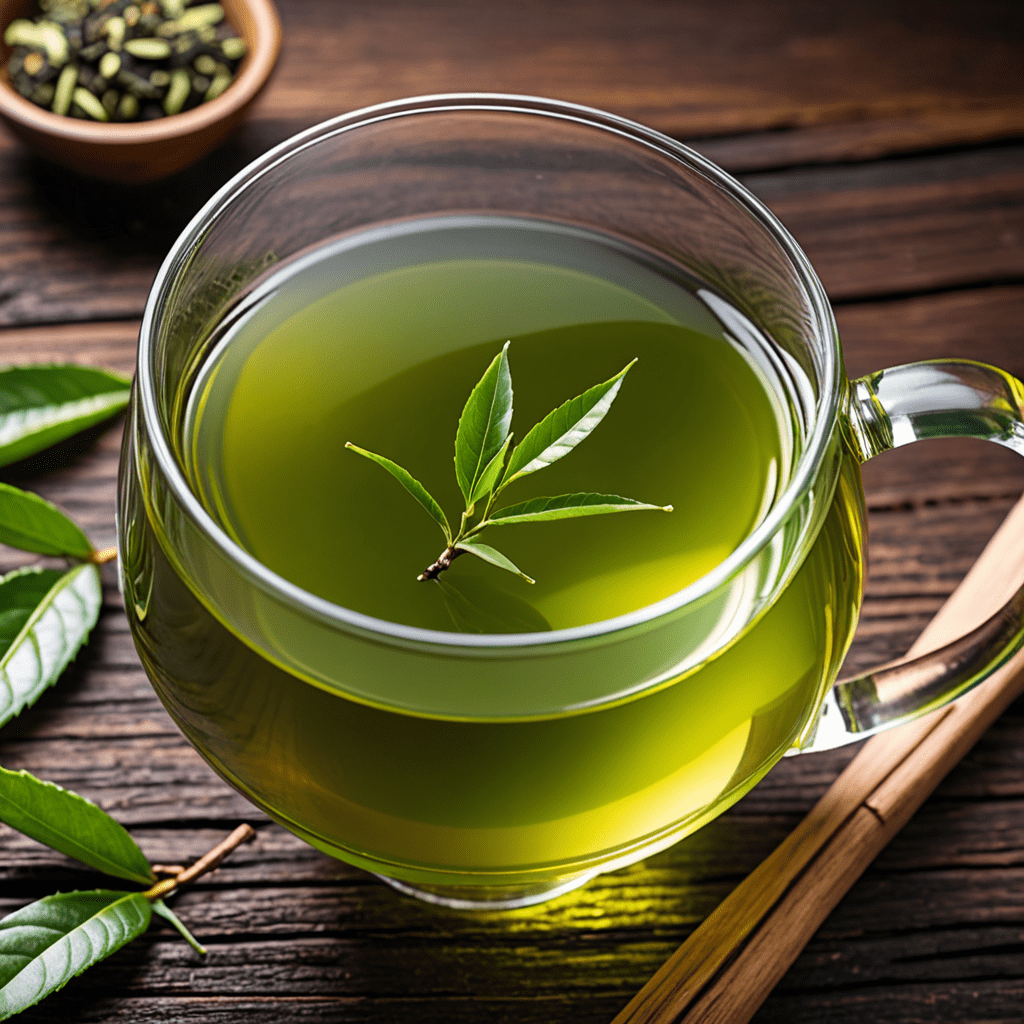Step into Serenity: Japanese Tea Ceremony Unveiled
Origins of the Japanese Tea Ceremony
The Japanese tea ceremony, also known as Chado or the Way of Tea, has its roots in ancient China. Buddhism brought tea to Japan in the 6th century, where it was initially used for medicinal purposes. During the 12th century, Zen Buddhism introduced a more ritualistic approach to tea drinking, which influenced the development of Chado.
The Philosophy and Principles of Chado
Chado embodies the core principles of Japanese Zen Buddhism, emphasizing harmony, respect, purity, and tranquility. It is a practice that cultivates mindfulness, fosters social connection, and promotes spiritual growth. The ceremony is guided by four guiding principles: Wa (harmony), Kei (respect), Sei (purity), and Jaku (tranquility).
The Ceremonial Setting: The Tea House and Garden
The tea ceremony takes place in a dedicated tea house, known as a Chashitsu, which is designed to evoke simplicity and serenity. The Chashitsu typically consists of a single room with a raised alcove, known as the Tokonoma, where a scroll or flower arrangement is displayed. The surrounding garden, known as the Roji, is meticulously landscaped to create a path of purification and preparation for the guests.
The Ritual Implements: Tea Bowls, Whisks, and Kettles
The Japanese tea ceremony involves the use of specialized utensils that have been carefully crafted over centuries. The most important implement is the tea bowl, which is known for its unique shape and design. Other essential utensils include the bamboo whisk (chasen) used to whisk the matcha, the tea kettle (tetsubin) for boiling water, and a serving spoon (chashaku) for measuring and transferring matcha.
The Etiquette and Sequence of the Ceremony
The Japanese tea ceremony is a highly ritualized practice with a specific sequence of actions. Guests arrive at the Chashitsu and wash their hands and mouths at a stone basin (tsukubai) before entering the tea room. The host bows to the guests, who then bow back in return. The ceremony proceeds with guests being offered sweets and matcha, followed by a period of conversation and social interaction. The emphasis is on respectful behavior, attentiveness, and appreciation for the experience.
6. The Preparation of Matcha: The Art of Whisking
The preparation of matcha, finely ground green tea powder, is a crucial step in the Japanese tea ceremony. The host carefully measures the matcha into a tea bowl and adds hot water. The bamboo whisk is then used to whisk the mixture vigorously in a zig-zag motion, creating a frothy and smooth consistency. The whisking technique requires skill and practice to achieve the perfect balance of texture and flavor.
7. The Host and Guests: Roles and Interactions
The host and guests play distinct roles in the Japanese tea ceremony. The host is responsible for preparing and serving the tea, while the guests are expected to display gratitude and respect for the experience. Interactions between the host and guests are governed by strict etiquette, emphasizing humility, attentiveness, and a shared appreciation for the beauty of the ceremony.
8. The Symbolism and Interpretation of Tea Ceremony
The Japanese tea ceremony is rich in symbolism and has been interpreted in various ways throughout history. The tea bowl represents the imperfection and transience of life, while the whisk symbolizes purification. The ritualized actions and gestures represent the journey of spiritual growth and enlightenment. The tea ceremony is also seen as a way to connect with nature and appreciate the beauty of the present moment.
9. The Modern Significance and Legacy of Chado
The Japanese tea ceremony continues to be practiced and cherished in modern times. It is recognized as an intangible cultural heritage by UNESCO and is celebrated for its aesthetic, cultural, and spiritual significance. Chado has influenced various aspects of Japanese culture, including architecture, art, and literature. It remains a popular practice for individuals seeking tranquility, mindfulness, and a deeper understanding of Japanese traditions.
10. Experiencing Serenity Through the Japanese Tea Ceremony
Participating in a Japanese tea ceremony offers a unique opportunity to immerse oneself in a world of tranquility and beauty. Guests are encouraged to leave their worries behind and focus on the present moment. The ritualized actions, the exquisite utensils, and the serene atmosphere create a space for reflection, appreciation, and inner peace. The Japanese tea ceremony invites us to slow down, connect with our senses, and find solace in the simplicity of the moment.
FAQ
Q: What is the purpose of the Japanese tea ceremony?
A: The Japanese tea ceremony is a ritualized practice that promotes harmony, respect, purity, and tranquility. It is a way to cultivate mindfulness, foster social connection, and experience spiritual growth.
Q: What are the key principles of Chado?
A: The four guiding principles of Chado are Wa (harmony), Kei (respect), Sei (purity), and Jaku (tranquility).
Q: What are the essential utensils used in the tea ceremony?
A: The most important utensils include the tea bowl, bamboo whisk, tea kettle, and serving spoon.
Q: How is matcha prepared in the tea ceremony?
A: Matcha is prepared by whisking finely ground green tea powder with hot water in a tea bowl until it reaches a frothy and smooth consistency.
Q: What is the significance of the tea bowl in the tea ceremony?
A: The tea bowl represents the imperfection and transience of life, reminding participants of the impermanence of all things.
